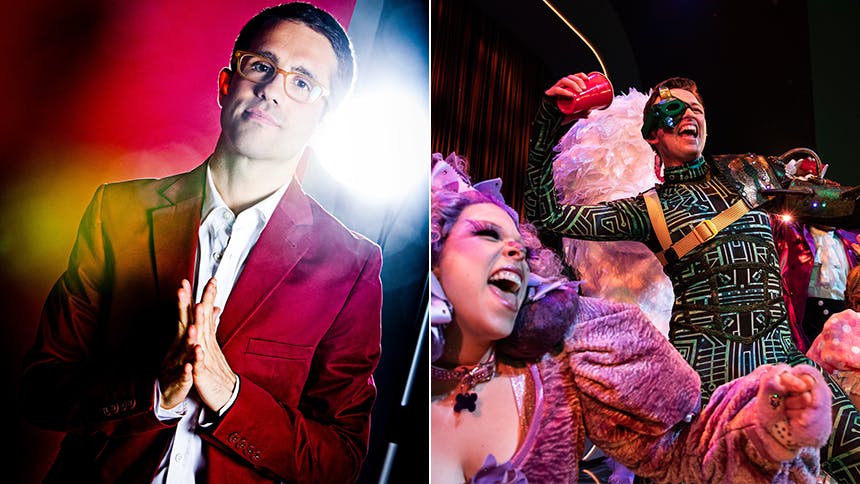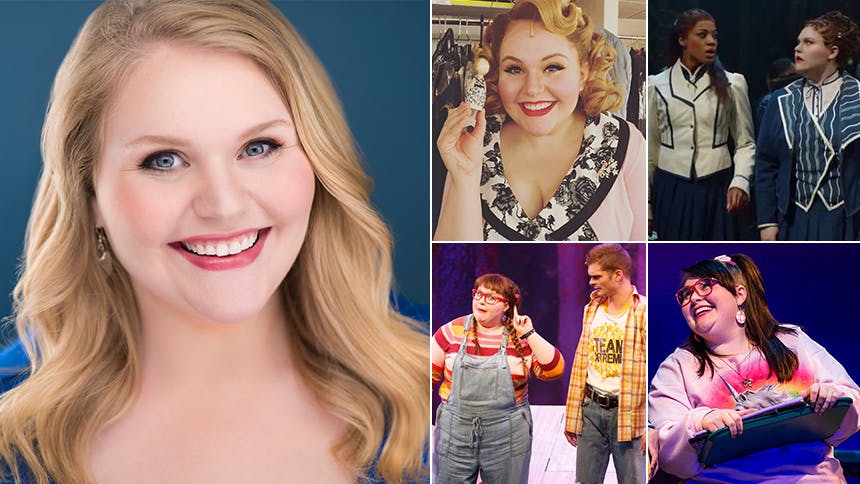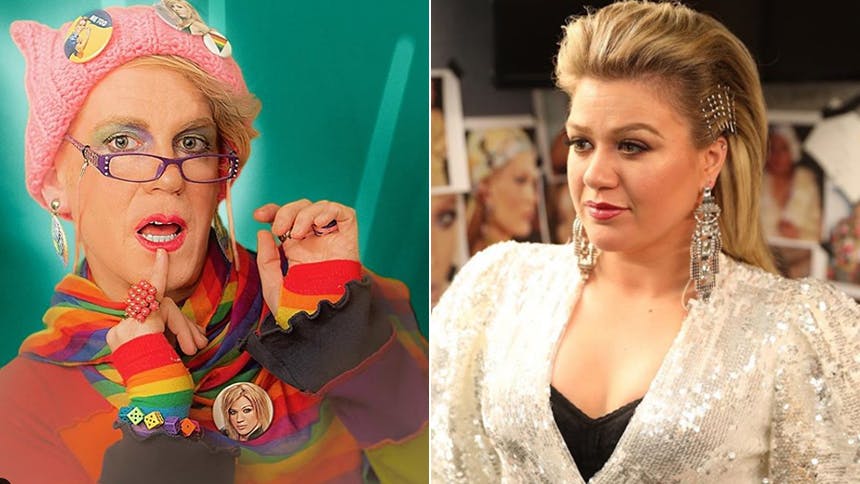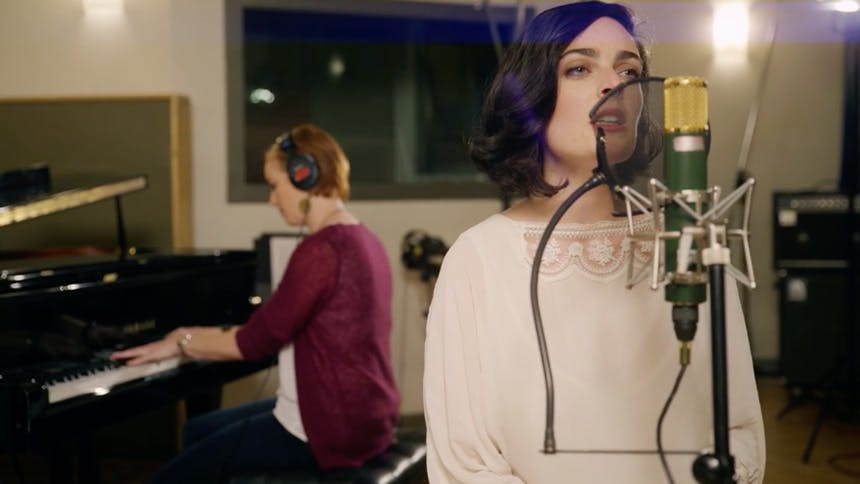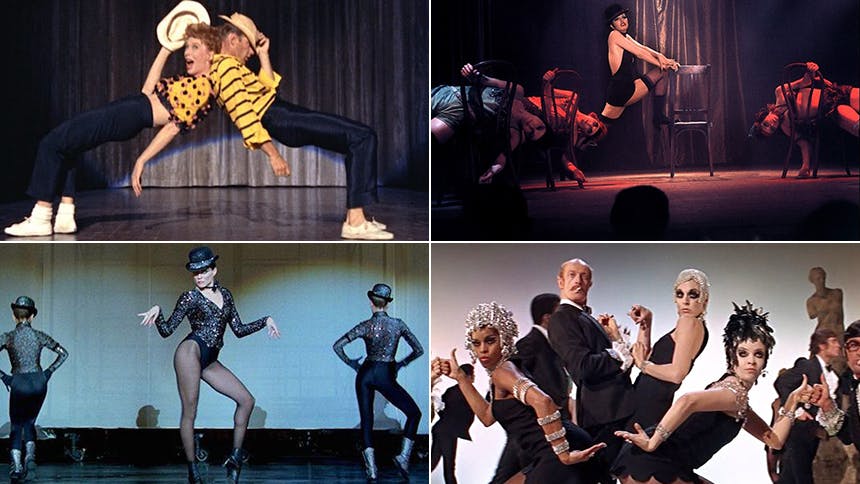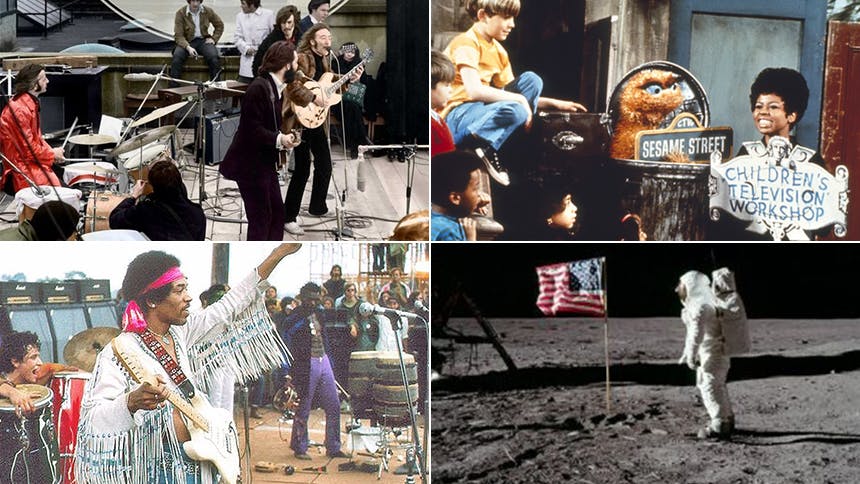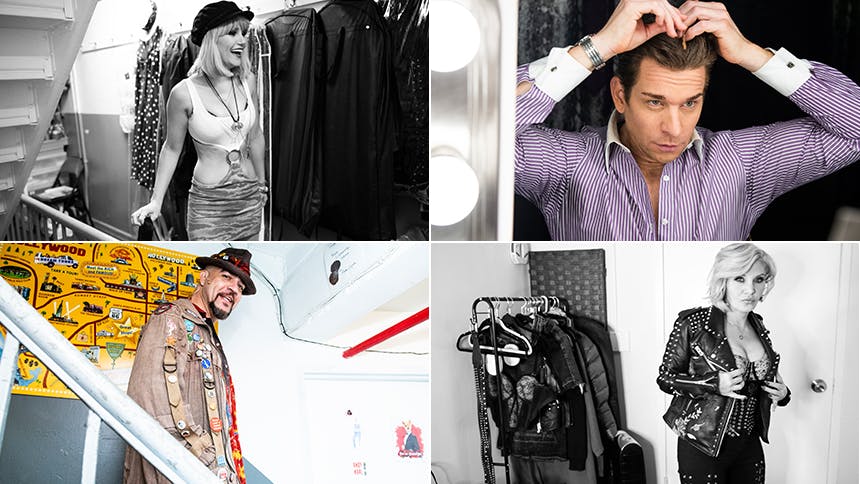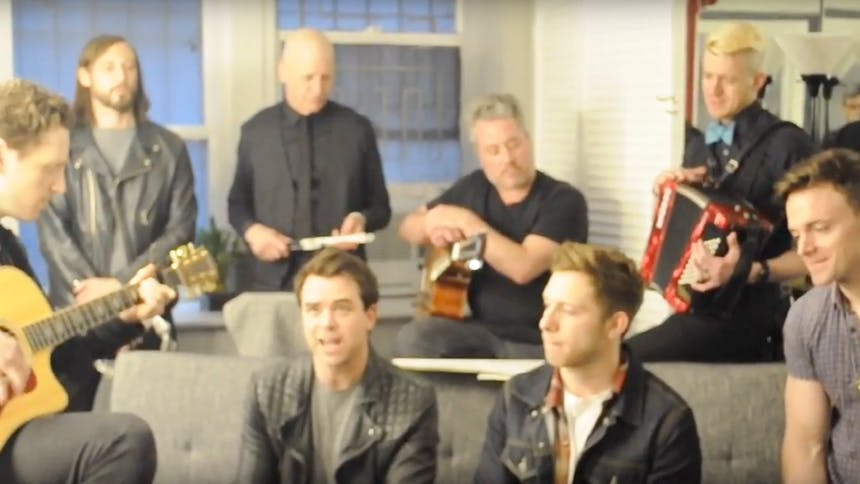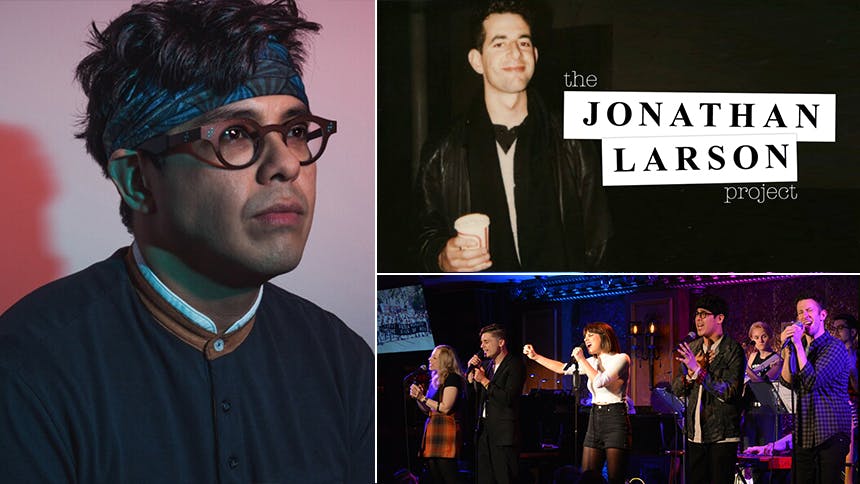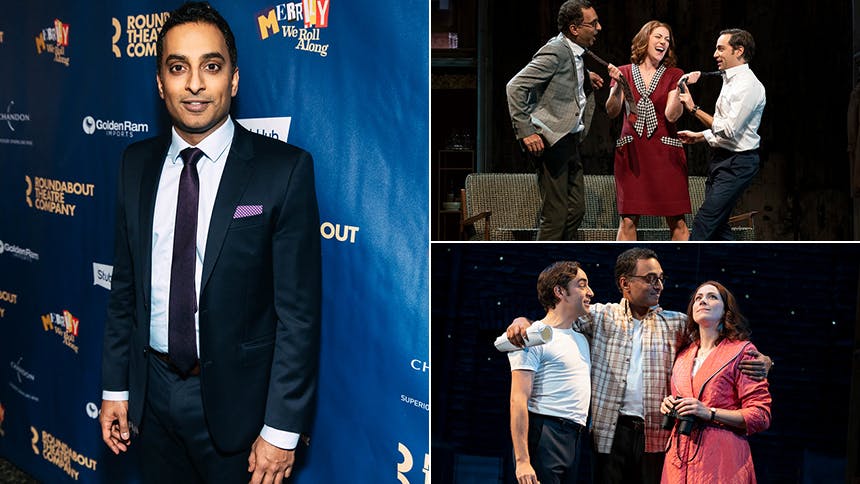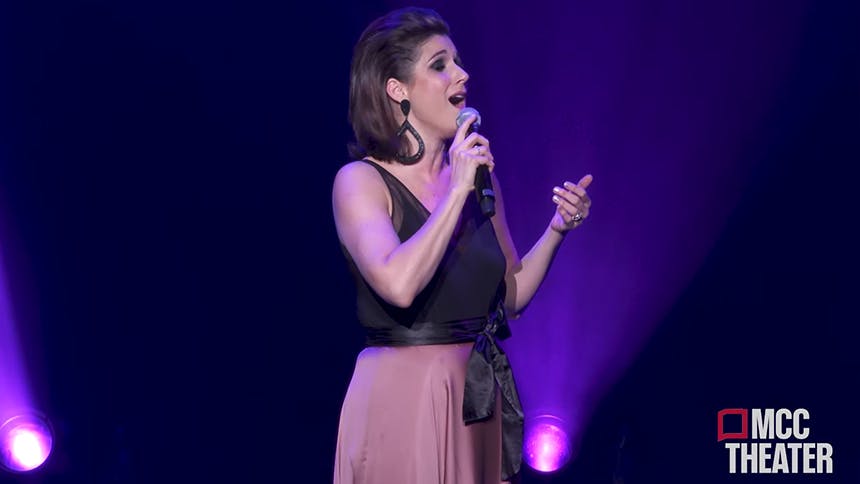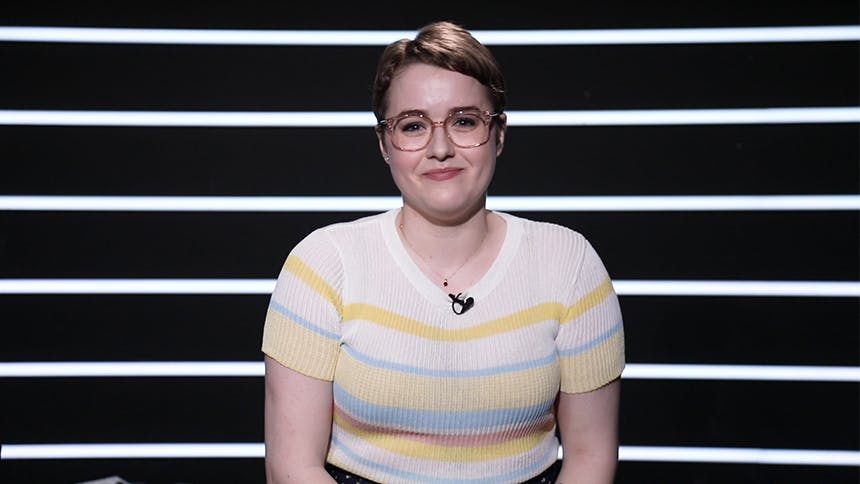Chase Brock created choreography for the hit musical Be More Chill
that young fans are studying and recreating on their social media and YouTube all around the world. The Artistic Director of The Chase Brock Experience began his career dancing on Broadway before making the leap to choreographer. BroadwayBox caught up with Chase to talk about creating Be More Chill, where he finds inspiration, and what fans can expect from the upcoming Hercules musical.1. How did you find the vocabulary you wanted to use for Be More Chill?
I read an early draft of the script and I listened to demos for about seven songs of Joe’s, and I absolutely went nuts for the songs. I thought, “Well, I have to do this musical and no matter what. Nobody else is going to get the chance to do this; I have to do it!” Shortly after that I had a meeting with [director] Stephen Brackett. In preparation for that meeting, I had put together a broad set of references and a bunch of research clips and dance moments—everything from clips of the Peanuts characters doing their animated dance to all kinds of rave and street dances that I clipped from YouTube to different movie stuff from Michel Gondry and Spike Jones.
It was just a very tangible way to start narrowing down the kind of visual world. That's my favorite thing to do on any show, to find the unique world of movement that's going to help those actors become those characters and tell that story. In the case of Be More Chill, there's a number of vocabularies that are all working together. There is the students when they know they're dancing (like in the Halloween party), and that was a chance to look at the kinds of clips that teenagers pass around on YouTube and where people learn choreography from videos. (Which is actually very insane because now, four years later, teenagers are passing around videos of Be More Chill choreography and learning that. It's the craziest, craziest thing.)
Then Joe Iconis has wrote these great moments that make space for dance—right up front in “More Than Survive” and at the end of the show in “Voices In My Head”—in which the characters are not aware they're dancing. So, what is the heartbeat of the hallway for these New Jersey teenagers? And what is this kind of tapestry and pattern that Jeremy is on the outside of?
Then, of course, just briefly to touch on the world of the SQUIP. It was totally interesting to try to figure out how we would represent a digital idea in a person's body, and then how we would create essentially a digital vocabulary for the entire mythology around the SQUIP and anyone who was under SQUIP control. People send me videos of them doing the hand choreography of the SQUIP, which is the coolest.
2. This show has a die-hard young fan base. What was the early musical that blew your mind and became your obsession?
RENT was enormous for me. I remember getting the double CD for Christmas. I was already a theatre nerd, but it was that moment in my childhood when theatre and pop culture merged again for the first time in my lifetime, and that was totally thrilling. Also, I was discovering myself. I was a gay kid in a sleepy mountain town, and so suddenly people like me were in the musical.
Then Ann Reinking was my mentor when I was a teenager. I was her student at Broadway Theater Project, and Chicago was one of the first shows I saw. Having had her as my teacher and then seeing the show was incredibly moving and important. The moment when I wasn't just a theatre fan but I was aware of the real people who make these shows and how these shows get made, and that I could possibly be part of it someday. That's when all that got put together for me.
3. You made your Broadway debut dancing in Susan Stroman’s revival of The Music Man in 2000. How did being a former Broadway dancer inform how you work as a Broadway choreographer?
I learned discipline. Something that I love so much in my life as a choreographer and as a director is helping guide actors through the journey of the physical life of their characters. And I think that sense of helping actors comes from having been a performer for two years. I did seven hundred performances of The Music Man, so I really understand what repetitive movement does with your body and understand how you have to reinvent the world and the circumstances every single time, eight times a week, to make it fresh.
4. What do you look for in dancers when casting for The Chase Brock Company?
We're twelve years in and I think there's been something like 70 dancers in the company in that period of time, which is amazing. It's very, very interesting because I think in a way it's completely personal, and it's completely specific and quirky. I think that I look for people who are incredibly musical. They have to be extraordinary, innate musicians. And, frankly, I really have to almost exclusively work with dancers who are also great actors. It doesn't necessarily mean that they would walk onstage in a Shakespeare but that when they're in a dance universe, they just have that thing where it feels real, and lived in, and organic. I like a dancer who I can make either reveal a part of themselves that they haven't put on stage in anyone else's work—that excites me.
5. You made your Broadway choreography debut with Spider-Man: Turn Off the Dark. What was the biggest thing your Broadway debut choreographing Spider-Man taught you?
Spider-Man changed my life personally, in many ways. It got me out of debt. I had spent money on my dance company, and so actually in really fundamental terms that show kind of turned my personal life around in a really wonderful way. [With Spider-Man], the highs were so high (hanging out with Bono and Edge and President Clinton at our opening night). I made a big performance for Patrick Page on Letterman. The moments that were amazing, were amazing; and the lows were really low because it was such a high-stress, high-pressure, expensive situation that was already in endangered status when I arrived there. I think in a funny way it was a little bit outside of my larger career trajectory because it happened when I was so young (I was 27 at the time). It was so early, and the show was not liked by “the in-crowd” in theatre.
[Spider-Man] allowed me to understand how rare this [Be More Chill] is—to have a show that speaks in full circle with fans and they speak back to us. That conversation is the most magical thing, and it's really rare. I'm grateful that I'm old enough (and that I've been in this business almost twenty years) to arrive at this moment with Be More Chill.
6. What can you tell us about the upcoming production of Hercules you are choreographing in Central Park?
I have to say, when it was announced, I got more private messages and e-mails and requests about people wanting auditions and wanting to assist and wanting to intern. It was extraordinary to feel the love for that material, which I share. We're in design meetings now, and something that I'm especially excited about is that the world premiere of this stage adaptation is going to be a large-scale pageant spectacle. There’s no pressure to recreate the animated feature on stage. It feels like a blend of musical theater and outdoor theatre and pageant spectacle with a cast of over two hundred. It's just this larger-than-life project, and we're working really, really hard to deliver a gorgeous, fun, delightful musical comedy experience that matches the heights of the film. So many people have been waiting for it for so long, and so I think you have to really, really work hard in every area to try and meet that expectation. I did the first two Public Works shows, and so, for me, returning after seven years is such a wonderful, rewarding experience.
7. How do you refill your well? Where do you go to find new inspiration?
I'm somebody who loves to take in things. I love to read. I'm a real book junkie. I've got four thousand books in my library, and too many of those are books that I have accumulated wanting to read immediately and have not had the time yet. I love being in the theatre; I love seeing movies; I binge every podcast I can find; I love going to opera and the ballet. I would be in the theatre eight times a week if I could. I love to look at everything and everyone's work, and to know what's happening everywhere. That really feeds me, and it reminds me that we're all part of the same soup of references and cultural moments.
Head to Broadway's Lyceum Theatre to see the young cast Be More Chill slaying that Chase Brock choreography.
